The 73-meter factory trawler is the talk of Norway’s shipbuilding industry and it has yet to catch a single fish
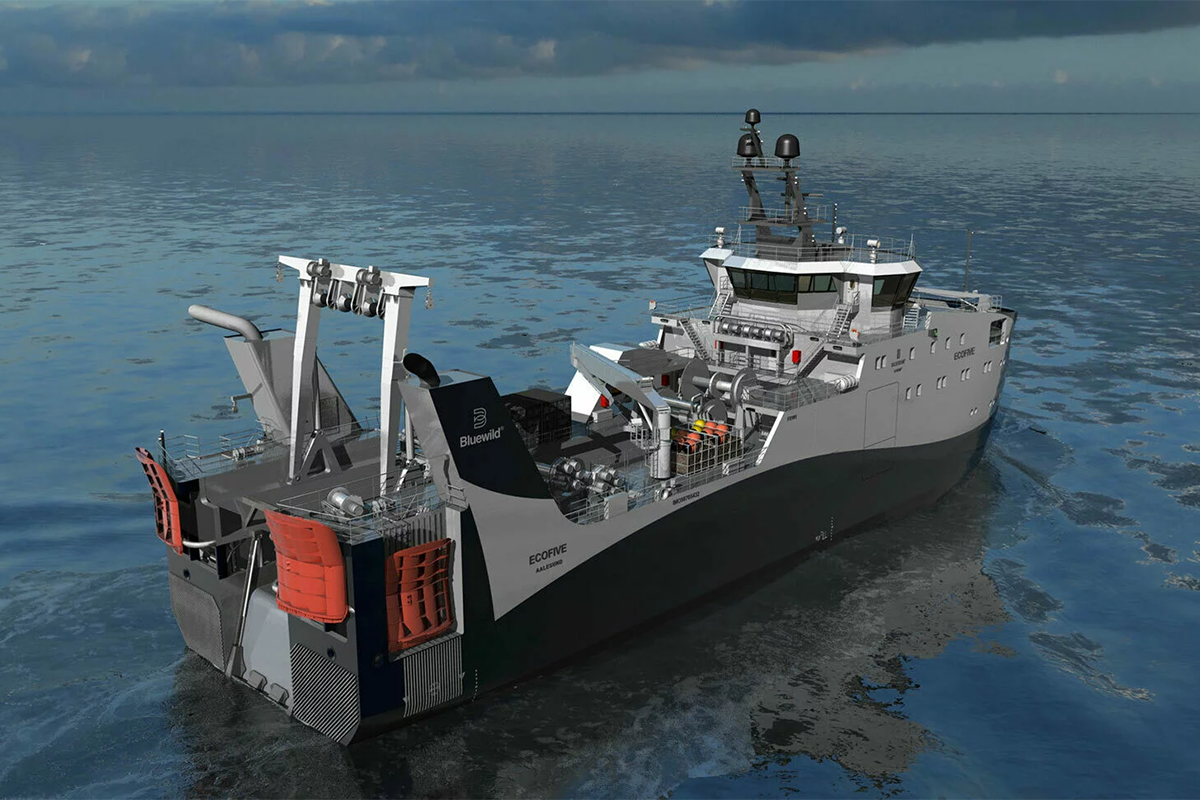
There’s a great deal of interest in Ecofive – Bluewild AS’s 73-meter factory trawler –company CEO Tore Roaldsnes has acknowledged. Incorporating many new propulsion and fishing technologies, not to mention onboard catch preparation and processing firsts, Ecofive is the culmination of Bluewild’s vision for sustainable fishing and a lot of blue-sky thinking from a team of field-leading experts and equipment suppliers.
The Ecofive concept centers on three key ambitions: First, to produce higher-quality food more efficiently and with a lower footprint; second, to ensure 100 percent of the catch is for human consumption; and third, to widen the product range so that it’s more aligned with consumer and market demand.
Evidencing the buzz surrounding the boat, Ålesund-headquartered Bluewild, ship designer Ulstein Design & Solutions AS and shipyard Westcon Yards collected the Ship of the Year 2023 award at this June’s Nor-Shipping Exhibition in Oslo. It was the first time a fishing vessel had received the award, with the jury stating that it offers ground-breaking technology with several innovations for a greener fishing fleet. What’s more remarkable is the vessel isn’t finished yet.
“We should be ready for testing in May next year, and we hope that by the end of June, she will sail off for further testing of the fishing gear and the fish factory. That will be a huge milestone for us – getting all this technology up and running,” Roaldsnes told The Advocate.
There’s already much to admire about Ecofive, which takes its name from the project’s working title “eco-friendly fishing vessel.” Its fuel and energy consumption will be at least 25 percent lower than a corresponding modern vessel of this type through, among other things, a hybrid propulsion system. Two propellers will be installed instead of the traditional single-propeller solution because the increased propeller area increases the vessel’s towing efficiency. The ship will also be equipped with rudder nozzles, which, during trials, were found to be significantly more efficient than ordinary rudders.
Perhaps more importantly, Ecofive features technologies designed to take the best care of all raw materials from catch to finished product. To this end, the project team came up with a gentle trawling and onboarding process where the catch flows into the vessel below the waterline.
The vessel will be used for shrimp and whitefish trawling and will produce consumer-tailored products.
Live storage of the catch will take place in water-filled tanks within the reception system, while carbon dioxide is going to be used as a refrigerant to provide a lower temperature during freezing and to elevate the quality of the end products. Ecofive is also capable of processing multiple items, and all residual raw materials are to be recovered for later use, with most destined for direct human consumption.
A lot of the technology used was taken from wellboats and land-based processing facilities and merged into a full design package for onboard production, explained Roaldsnes.
“Our drive is quality and how to best utilize and create revenue from the byproducts that we get from our catch,” he said. “We will approximately double the revenue of the company through this ship by increasing the value of our products.”
Floating catches onboard
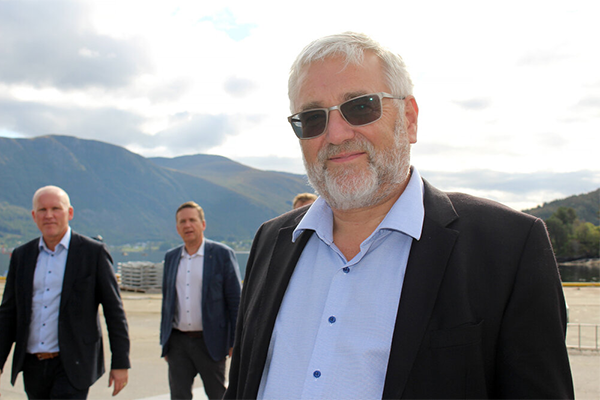
Recognizing both that in a lot of cases, pool-caught fish are of the same or higher quality than line-caught and that larger-holed trawl nets can often result in injury and squeezing and therefore blood stains in fillets, the decision was taken to introduce a sophisticated receiving system that essentially sees the fish “floated” into the onboard store and three live fish tanks.
From there, the fish enter a stun and bleed system before going on to a large screw tank and then another, larger chilling tank containing refrigerated sea water (RSW) that cools the fish down to about 0 degrees-C. It’s then that the fish are transferred into the main factory deck where they initially go through a vision-grading system that sorts according to species and size. Throughout, the fish are kept in chilled water to maintain a low temperature and preserve their quality.
“Through this solution, we can reduce the stress and mortality rates among our catches. We’re also removing all the blood and cooling down the fish and the byproducts so they are ready for adding value,” Roaldsnes said.
Fish such as large cod will go into a heading machine and then be filleted (skinned if required) and have pin bones removed. A waterjet cutting machine will turn the fillets into portions before they undergo an IQF (individual quick freezing) procedure. This processing solution has a capacity of approximately 20 metric tons (MT) per hour.
In parallel to its fish production, Ecofive will catch coldwater shrimp for five or six months of the year, with its onboard factory sorting and grading the catch, and then supplying a range that will include cooked and raw IQF frozen products. Meanwhile, post-processing byproducts will be frozen in vertical freezers, packed in blocks, palletized and stored in the same cargo hold.
Another new element to Ecofive is that end-products will be stored in “big boxes” rather than packed and packaged in the traditional way of processing vessels. This is so Bluewild can also supply customers operating in the final consumer space with refreshed products, Roaldsnes highlighted.
“This gives us the means to reduce the stress and difficulties that come with supplying markets on a continuous basis – something that’s mandatory for modern seafood companies today,” he said.
Roaldsnes also believes the onboard processing solution has the scope to address the “market undermining” that has been caused by double- and triple-frozen fish – formats that he feels are responsible for a stark deterioration of fillet quality over several years. He insists these practices are “unsustainable” from a carbon footprint perspective and that out of respect for quality and the environment, seafood companies “cannot continue to do that anymore,” with materials going backward and forward thousands of miles and undergoing thawing, refreezing and various handling processes along the way.
It’s also not providing the sort of end foods that consumers want, whereas technologically advanced factory trawlers like Ecofive have a considerable opportunity to drastically shorten the value chain and ensure fish-eaters get the products they expect, he added.
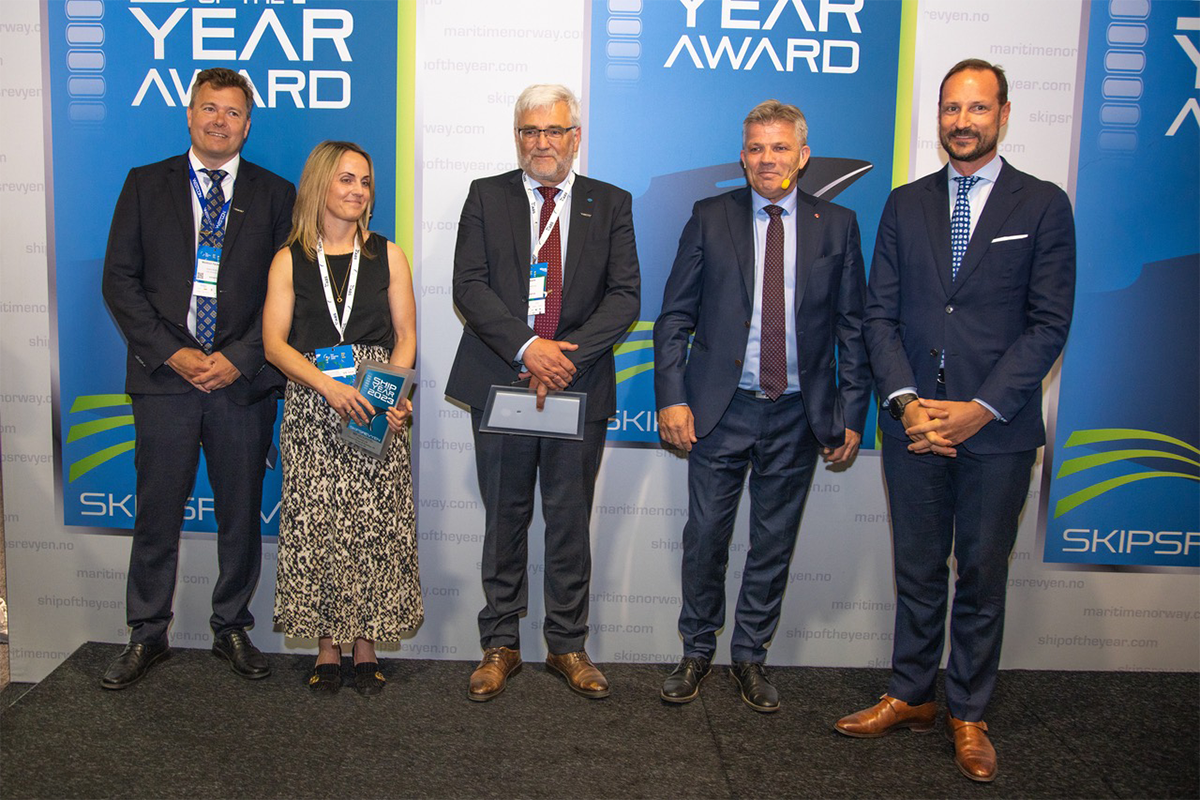
Eye-opening partnership
Roaldsnes said Bluewild is especially excited by the opportunities that will come with expanding further into byproduct side-streams and utilizing more of the fish, which he calls “another branch of a fantastic industry.” In preparation, Bluewild has conducted thorough investigations into how best to process these materials to maximize yield and revenue. This work has included collaborating with fellow Ålesund company C Food Norway, which specializes in turning byproducts such as backbones, heads and swim bladders into foods for human consumption.
“Joining up with C Foods in the last couple of years has been a very pleasant experience. They’ve helped open our eyes to this valuable, fantastic opportunity that has been there all the time,” he said. “Working together with them, we’ve seen how valuable these products can be when they are handled properly, kept separate [uncontaminated], and maintained with the same quality as the rest of the fish – the fillet – which is important.”
For Ecofive, the decision has already been taken to freeze the heads, backbones and skin of its fish catches onboard and to export these to Asia, where they should receive the best prices.
“By maintaining the high quality of these byproducts, they remain available for human consumption and that’s key,” Roaldsnes said. “We’re looking to take the most sustainable approach – utilizing as much of the product as we can and doing it in a greener way where we’re saving on energy and fuel costs.”
Roaldsnes also confirmed Ecofive will replace the older of these two vessels, and then further down the line, a second Ecofive is expected to replace the other, thus elevating the company’s efficiencies and productivity further still.
“With Ecofive, Bluewild is not only building new boats, but we’re also building a completely new production process and a brand-new value chain. The game is changing totally for us in terms of how we market ourselves and sell our products,” he said.
Now that you've reached the end of the article ...
… please consider supporting GSA’s mission to advance responsible seafood practices through education, advocacy and third-party assurances. The Advocate aims to document the evolution of responsible seafood practices and share the expansive knowledge of our vast network of contributors.
By becoming a Global Seafood Alliance member, you’re ensuring that all of the pre-competitive work we do through member benefits, resources and events can continue. Individual membership costs just $50 a year.
Not a GSA member? Join us.
Author
-
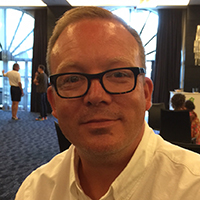
Jason Holland
Jason Holland is a London-based writer for the international seafood, aquaculture and fisheries sectors. Jason has accrued more than 25 years’ experience as a B2B journalist, editor and communications consultant – a career that has taken him all over the world. He believes he found his true professional calling in 2004 when he started documenting the many facets of the international seafood industry, and particularly those enterprises and individuals bringing change to it.
Tagged With
Related Posts
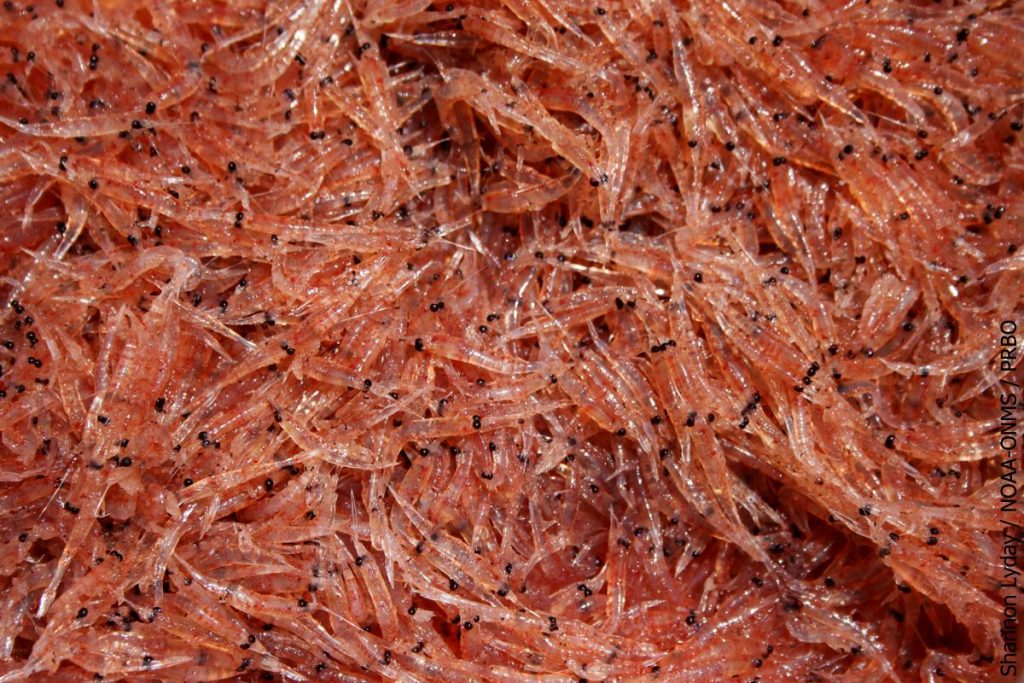
Fisheries
A review of bycatch in the Antarctic krill trawl fishery
Understanding the significance of bycatch is critical to managing Antarctic krill, a keystone species and the largest fishery in the Southern Ocean.
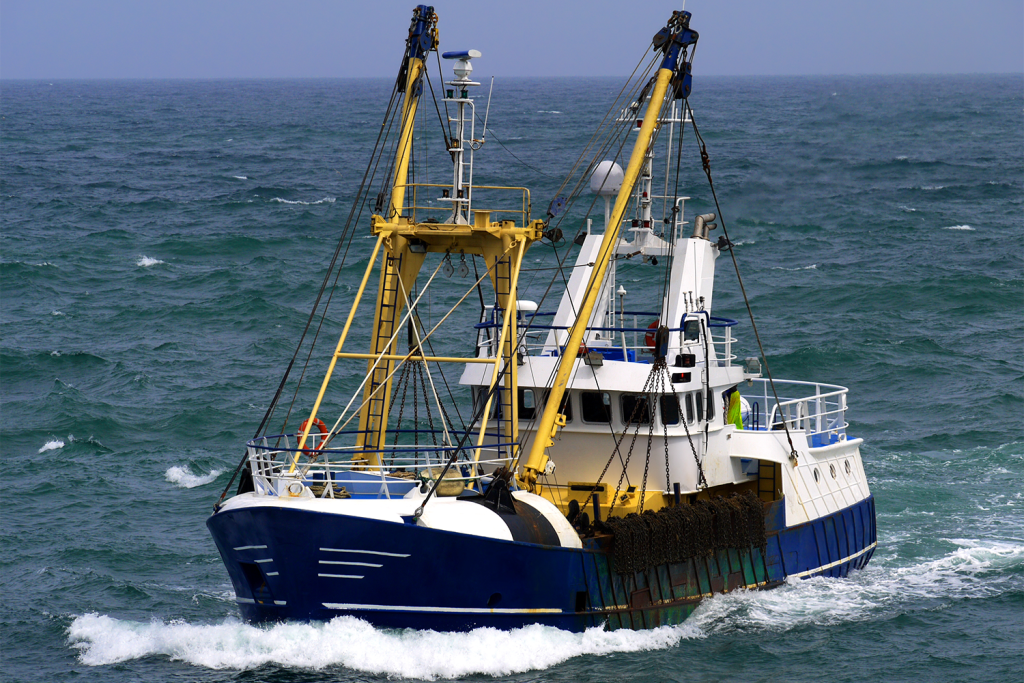
Fisheries
Fisheries in Focus: Busting misconceptions about bottom trawling and its environmental impacts
Fisheries researchers examine all environmental impacts of bottom-trawling and compare the fishing method to other forms of food production.
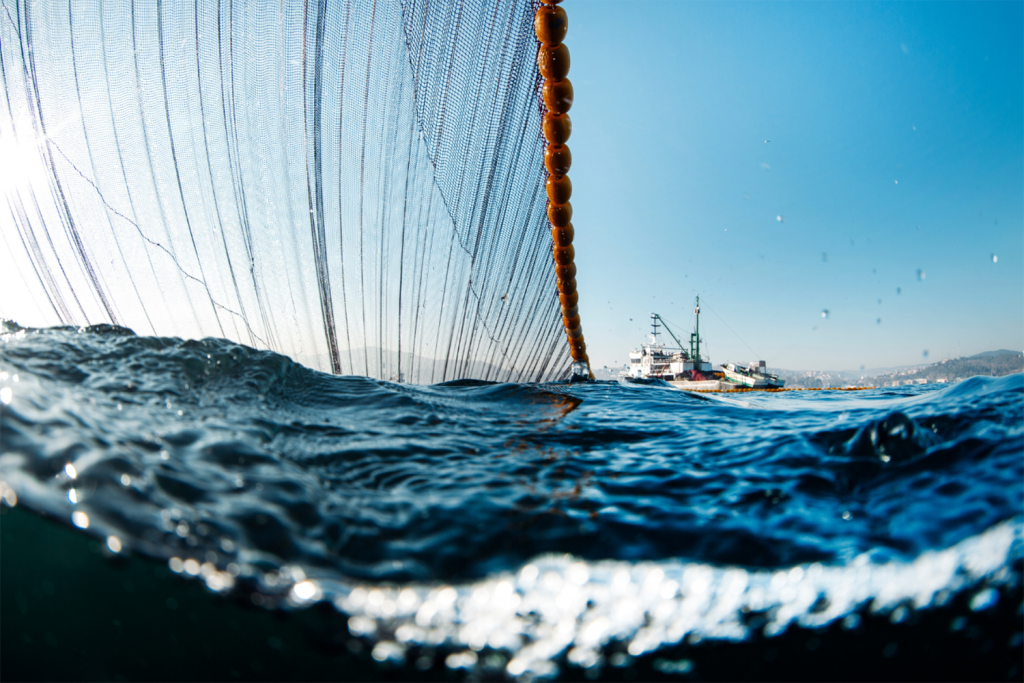
Fisheries
‘They need a good reason to stay’: How one coalition may break a decade of deadlock in the North Atlantic mackerel fishery
GOAL 2022: The North Atlantic Pelagic Advocacy Group, led by Dr. Tom Pickerell, is a finalist for GSA’s inaugural Global Fisheries Innovation Award.
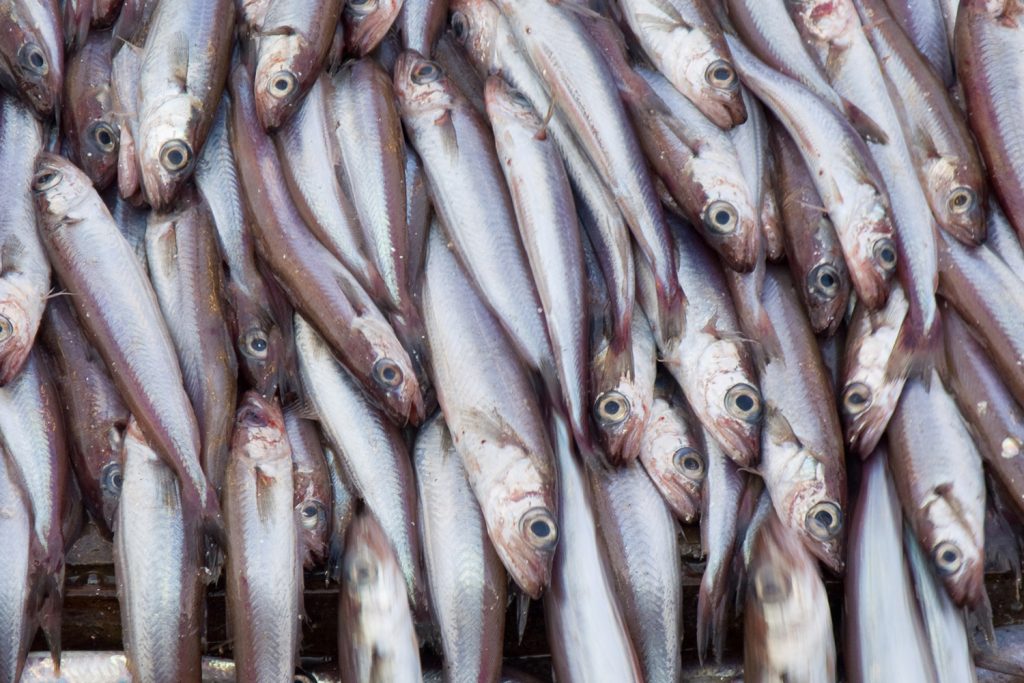
Fisheries
Frustrated aquafeed companies decry stagnant Northeast Atlantic blue whiting quota negotiations
Aquafeed companies will bail on the blue whiting fishery unless coastal states agree to quotas aligned with scientific advice. Time is running out.


